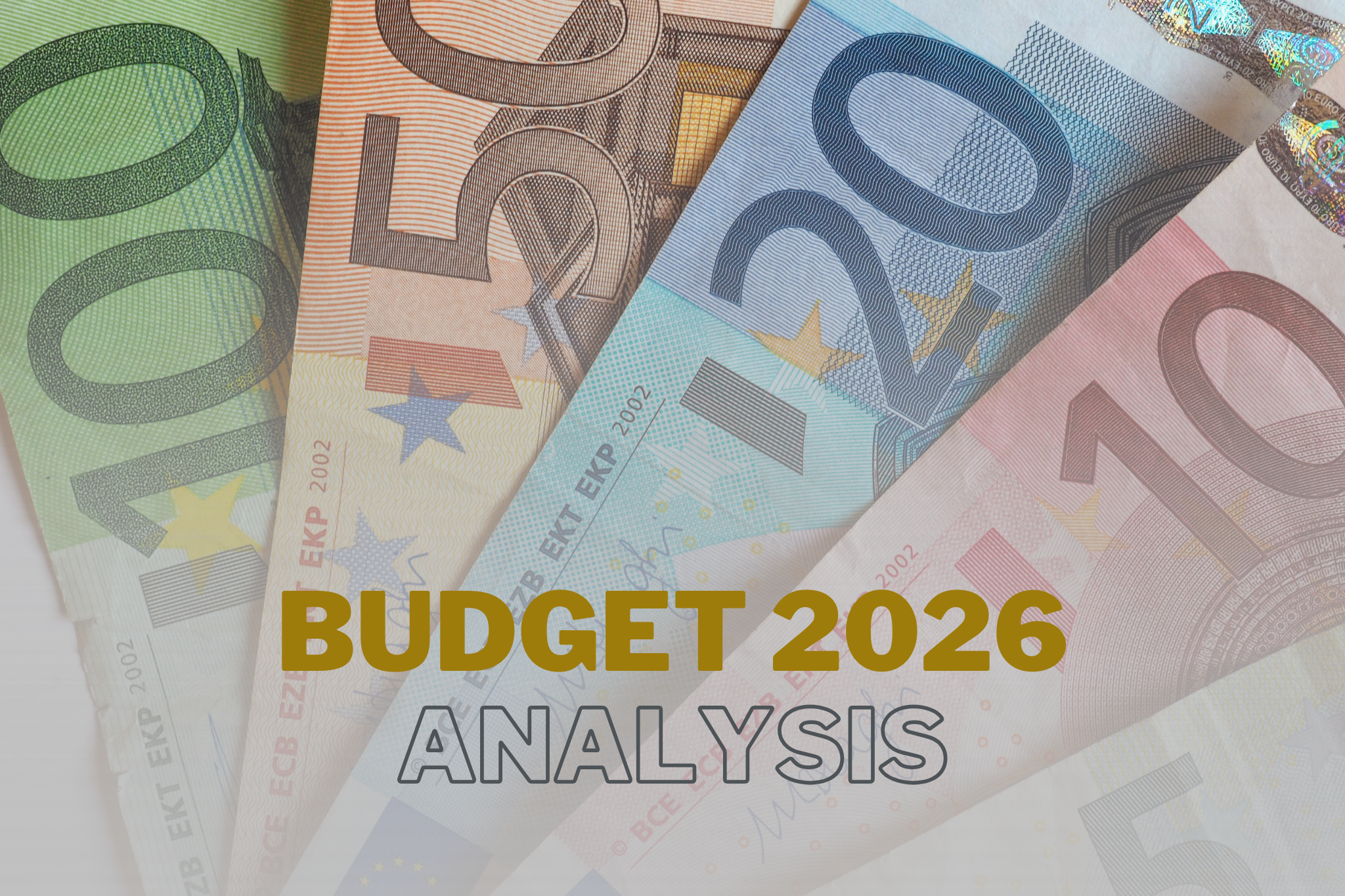
Revenue published new guidance on the provision of staff meals which has come into effect from 1 October 2025 (Tax and Duty Manual Part Part 05-01-01o).
The guidance reiterates Revenue’s position in relation to the existing exemption for meals provided in canteens open to all staff and also provides welcome clarity on the tax treatment of staff meals provided outside a designated ‘canteen’ setting.
The term “meals” in this context is interpreted broadly to include a variety of food and beverages such as hot meals, sandwiches, snacks, fruit, biscuits, tea, coffee, water, juice, and soft drinks. Alcoholic beverages are explicitly excluded.
1. Meals provided on the Employer’s Premises
Meals brought onto and consumed on the employer’s premises will not be considered a taxable benefit-in-kind (BIK), provided the following conditions are met:
- The meals are made available to all employees; and
- Consumption takes place on the employer’s premises.
Example A: A hotel has 10 employees and there is no designated staff canteen. All employees are provided with a meal and a soft drink in the hotel restaurant each day they are working. As the meals are provided to all staff, and are served and consumed on the employer’s premises, the cost incurred by the employer will not be treated as a taxable BIK.
Example B: An employer with 30 office-based staff provides fruit baskets and non-alcoholic beverages in the board room for 10 senior staff members. There is no operational requirement for providing the refreshments. As the refreshments are not available to all staff, a taxable BIK arises for the 10 staff that avail of the benefit.
If meals are not available to all staff, or not consumed on the premises, the cost is a taxable BIK.
2. Working Lunches
Where employers provide meals to only a specific cohort of employees, such as “working lunches” or “working dinners”, to facilitate operational requirements / business needs, Revenue has confirmed that these will not be treated as a taxable BIK, where the following conditions are satisfied:
- A specific operational requirement must exist (e.g., meetings, overtime),
- The meals are consumed on the employers’ premises,
- The cost per employee must not exceed the 5-hour Civil Service subsistence rate (currently €19.25).
Example A: In November 2025, in order to complete a stock take, 10 of the 55 staff of a supermarket work overtime until 11:30pm. The employer orders in pizza at 8pm for the 10 employees so the employees do not need to leave the store. The total cost of the pizzas is €165. As the cost of the pizzas for each person (€16.50) does not exceed the 5-hour rate, there is an operational requirement and the pizzas are consumed on the employer’s premises, this will not be treated as a taxable BIK.
Example B: A manufacturing plant that usually ceases production at 8pm each evening schedules a non-routine night shift for 12 employees to meet production targets, providing dinners costing a total of €300. The cost incurred per employee is €25. As this amount exceeds the 5-hour rate, a BIK charge to tax arises on the full €25 per employee.
Where, tea, coffee, biscuits, etc. are available to all staff on the employer’s premises, this will not impact the daily limit per employee.
3. Meal Vouchers
The long-standing 19c deduction per voucher is abolished. From 1 October 2025, the full value of any employer-provided meal vouchers is treated as a taxable Benefit-in-Kind (BIK) and must be included in the employee’s notional pay for Income Tax, PRSI, and USC purposes.
Summary
| Scenario |
Taxable BIK |
Key Conditions |
| Staff Canteen |
No |
· Open to all staff |
| Meals for all staff on company premises |
No |
· Available to all staff
· Consumed on premises |
| Working lunches (operational need) |
No |
· Operational Need
· Consumed on premises
· ≤ €19.25 per person |
| Meals for select staff (no operational need) |
Yes |
· Not available to all staff, OR
· No operational requirement |
| Meal vouchers (from 1 Oct 2025) |
Yes |
· Full face value taxable
· No 19 cent deduction |
To avail of the tax-free treatment, employers must maintain adequate records including the date the refreshments were provided, the total cost of the refreshments and the number of employees who availed of the refreshments.
Revenue may conduct spot checks, and where the daily cost limit is exceeded, the entire cost becomes taxable as a BIK and must be included in payroll for Income Tax, PRSI, and USC purposes.
Should you require any assistance on the Tax Treatment of Staff Meals, please contact us.


 Revenue updated its
Revenue updated its  As Crowleys DFK closes its 50th year in business — a milestone reflecting enduring strength and growth— the firm is delighted to announce the promotion of five committed individuals to key management positions within the firm.
As Crowleys DFK closes its 50th year in business — a milestone reflecting enduring strength and growth— the firm is delighted to announce the promotion of five committed individuals to key management positions within the firm.



 Minister for Finance, Paschal Donohoe delivered the final Budget today, 7 October 2025. Below we outline the highlights of Budget 2026.
Minister for Finance, Paschal Donohoe delivered the final Budget today, 7 October 2025. Below we outline the highlights of Budget 2026.

